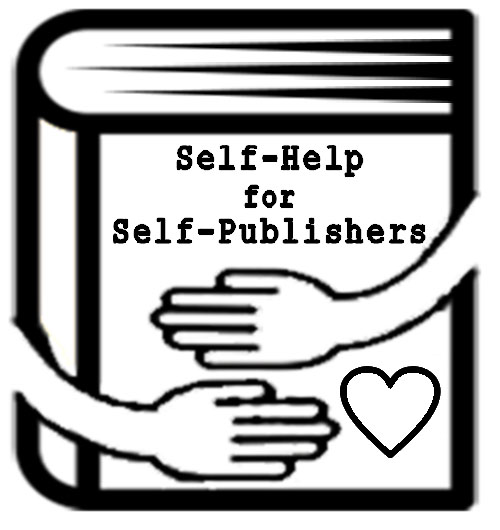

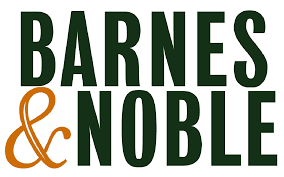
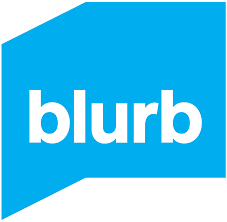
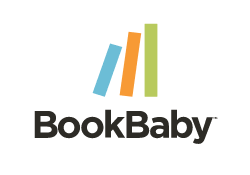
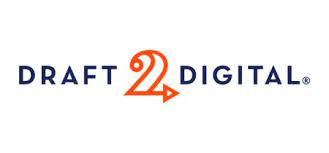
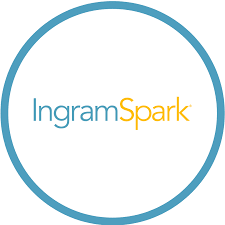
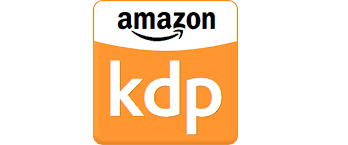

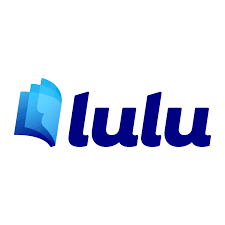
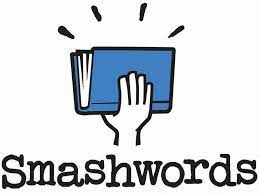
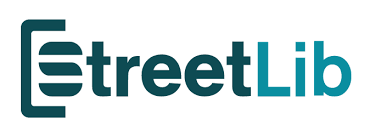
What is a Self-Publishing Company and How to Choose the Best Fit?
A self-publishing company is a business that offers services to authors planning to publish their work on their own instead of going through a traditional publishing house.
The list of companies is long. But their services can overlap. Self-publishing companies can provide a wide range of services, from editing and book design to printing and distribution. However, the larger more established platforms (companies) have managed to carve out niches with subtle differences. For that reason some authors will combine the services of two or more providers (companies) to maximize the benefits. One company may offer greater distribution reach. While another may offer products and services that the others do not. Hardback covers is one example. While another platform will not do print book at all, and only handle e-book aggregation.
Some authors will be more interested in first developing a partnership with a single platform that meets their basic needs for now. Then after they have learned a bit, venture out to try other platforms that are on the market. The options are vast and totally up to the Self-Publisher. Take a look at the list of the self-publishing companies below. Follow the links to research which ones suit your needs best. Top Self-Publishing Companies
How to Choose Self-Publishing Companies to Work With
What is the best fit for your book may not be as simple as knowing which formats you plan to publish your book in. There may be other considerations for a self-publisher.
Most self-publishing companies, if not all offer print on demand distribution. But not all, because some are mainly e-book aggregators. You may have heard the term distribution often. But the term aggregation is a term that has just recently become widely mentioned more frequently. Especially with the uptick in the demand for e-books. You may wish to do both printed books and as well as e-books, or you could go with only publishing one format over the other. In either case, it’s good to be aware of the differences between the two.
I quoted this 2014 article directly, because the author could say it much better than I could. The only change I can add is that Create Space dose not exist nowadays. Follow the link for details.
What are Aggregators vs Distributors
With that said some of the aggregation and distribution services overlap in some companies. For instance, in the case of IngramSpark and Amazon. IngramSpark is a paid service offering global print on demand distribution and e-book aggregation, which includes distribution and aggregation to Amazon.
Amazon is a multi-service retailer that has Kindle Direct Publishing, a free service for print and e-books sold to the retailer’s own customer base, on their website. One thing to note is that Amazon has a 90-day exclusive self-publishing program called KDP Select. KDP Select enrolls your e-book in Kindle Unlimited, a monthly subscription program. Kindle owners can borrow e-books like from a library. But the book’s author cannot make that enrolled e-book available for purchase on any other site, including their own website. After the three months they have the option to discontinue or continue on with the program. Before you think that Amazon and IngramSpark don’t work together, according to the Alli website, they do. We know that IngramSpark distributes books to Amazon. Like wise, Amazon prints certain books through IngramSpark’s Print On Demand print shops.
How Tech Savvy Are You?
Many authors may have a preference to work with one self-publishing platform over another for various reasons. For instance, although Amazon has a huge market and millions of customers. But their programs have lots of rules and policies to get familiar with. Despite them having so many programs with complicated policies, it is many indie-publishers opinion that their upload process is easy. Also, because the competition Amazon poses to small book retailers, it would be advantages for self-publisher not to mention they publish to KDP when soliciting their book to smaller bookstores.
In contrast, IngramSpark has the reputation being the choice of bookstore owners and libraries to order their books. But for self-publishers uploading book files on the IngramSpark website requires a little more patience.
But for those who are interested in publishing an e-book or audiobook to Apple Books platform, one’s tech savviness may be tested even farther. Besides not offering print books for distribution, the real issue here is for those non-Mac users. If you are not a Mac user, you may think twice before publishing with Apple Books. Only Mac users can directly publish on Apple Books. If you are not, then you must go through a book aggregator to make your book for sale on Apple Books. You may need help to make sure that your book is formatted properly. Apple Books has a list conversion houses that specialize in converting books into files for Apple Books
Book Quality vs Accessibility
If you have the minimum requirement of a completed book and Microsoft Word Doc you can publish to Smashwords. Smashwords is s trailblazer credited with leveling the playing field for indie-publishers. But there are some that would argue the e-book aggregator lets poorer quality books, with unprofessionally crafted book covers sale on its platform. This company is one the first to offer free ISBNs to author. Something that is widely offered among self-publishers to offer today. Draft2Digital bought Smashwords in recent years.
An Alternative Price Structure
PublishDrive offers two pricing options for authors: Royalty Share and Subscription Pricing. On their website they state that their Royalty Share program is best for author earning under $1000 per month. Using Amazon as an example: Amazon would get 30%, Publish Drive would get 10% and the author 60% from every book sold. But for for authors earning over $1000, Publish Drive recommends their Subscription Pricing program . With this program, still using the Amazon example, Amazon still gets 30%, the author get 70%. Publish Drive will have already been paid so they’d take no additional percentage for each book sold.
Which Self-Publishing Companies offer pre-order setup book distribution?
Conclusion
When considering which of the self-publishing companies is a best fit for you book it can depend on how you plan to format your book, or your target market, or your comfortability with different technology, or customer service. As a self-publisher, all of the above could matters to you.
The best fit may be a combination of platforms or just that one service your book needs. It may not be determined by the book formats you plan to publish your book in or the distribution alone. After doing your research, the deciding factor could just be which company you’re most comfortable dealing with.
Has This Content Been Helpful to You?